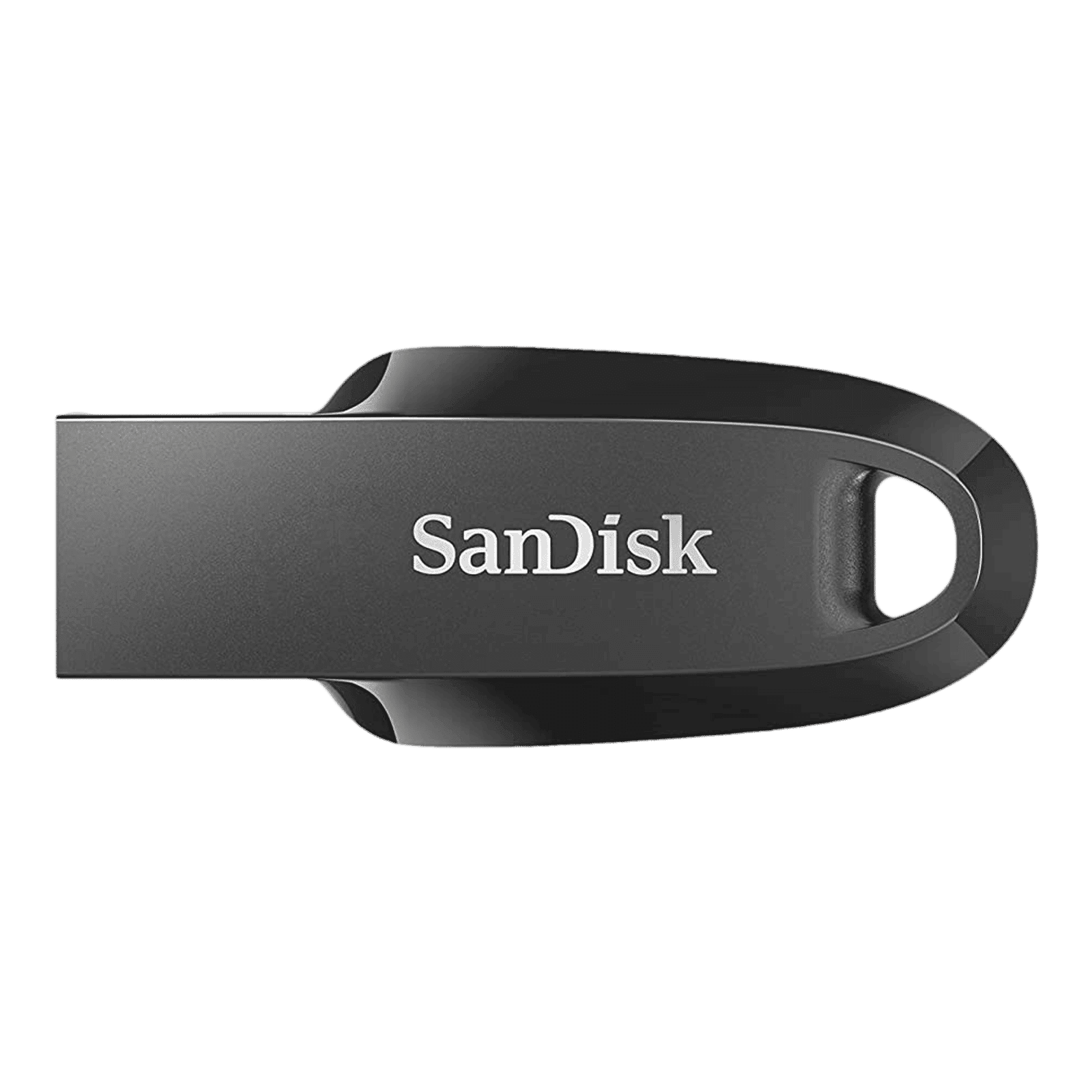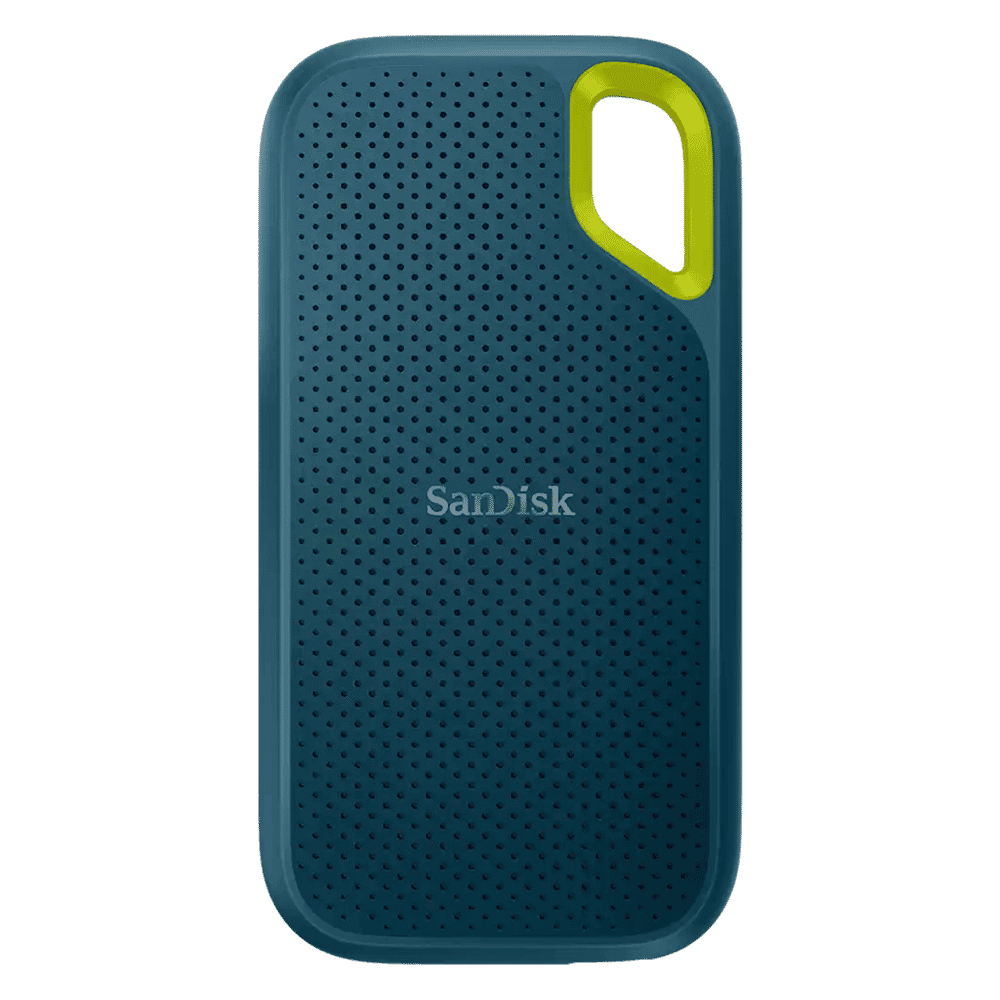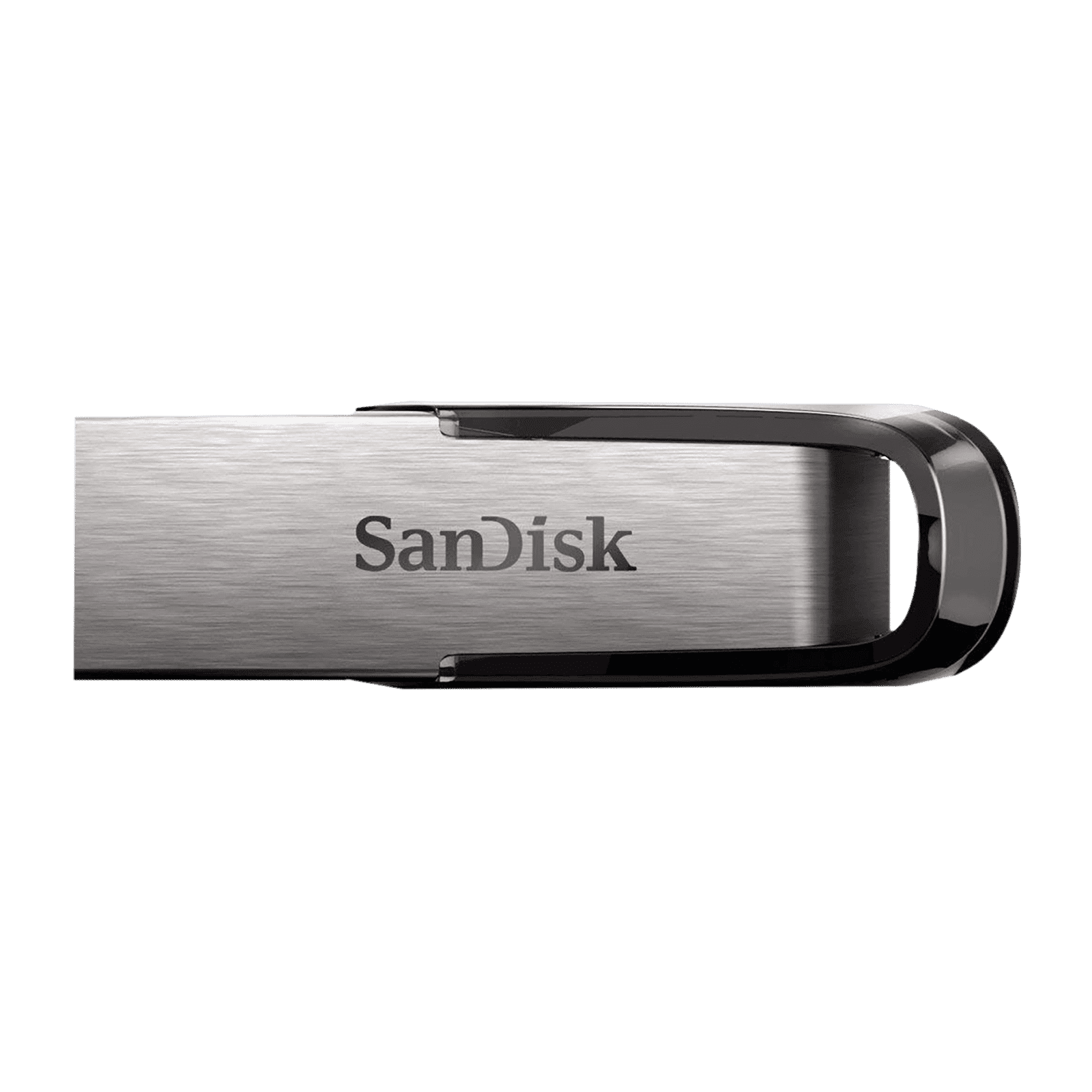%20(Presentation)%20(1600%20x%20600%20px)(20)-e373b4ed-7ebb-4e61-b4ef-18660c261d5b.webp&w=3840&q=75)
Consumer Electronics
•05 min read

Buy SanDisk Ultra Curve 64GB USB (3.2) Pen Drive (Compact Design, Black ) online at best prices from Croma. Check product details, reviews & more. Shop now!
In a world where modern USB drives and cloud storage are the norm, there remains an intriguing niche for legacy storage devices, particularly for those who cherish the history of computing. The universal serial bus floppy disk drive, often referred to as USB FDD, acts as a bridge between retro technology and contemporary computer systems. By allowing the connection of older floppy disk drives via USB, this device makes it possible to access data that might otherwise have been forgotten.
At its core, USB FDD is defined as a Universal Serial Bus Floppy Disk Drive. This term essentially means a device that connects a traditional floppy disk drive to your computer using a modern USB connection. It plays a crucial role by ensuring that valuable data stored on vintage floppy disks remains accessible, even in an age where such storage devices have largely been replaced by more advanced alternatives.
One common area of confusion is the term FDD when encountered in BIOS settings. In this context, FDD stands for Floppy Disk Drive. Many older computers rely on the FDD setting to boot legacy systems and run software designed for floppy disks. For those who still need to work with older files or recover archived data, understanding these terms is vital.
By looking inside a USB floppy drive, one can appreciate its simplicity and practicality. The device consists of a USB cable that plugs directly into a computer and a slot to insert a floppy disk. This straightforward design allows it to function as both a storage device and a recovery tool. USB FDD enables compatibility with modern operating systems such as Windows 10 and macOS, although it might sometimes require the installation of additional drivers or software for optimal performance.
For many users, ensuring that their computer understands the technical language behind the device is important. Essentially, the USB FDD works to convert the signals from a floppy disk into data that today's computers can process seamlessly. This makes it a dependable tool for both data recovery and nostalgic computing projects.
Insight Corner: "Did You Know?"
USB FDDs can still be used to recover vintage data from floppy disks, making them invaluable for archivists and tech enthusiasts working with legacy storage devices. Their efficient design turns them into portable floppy drives that allow users to access data saved decades ago.
The practical applications of a USB FDD extend well beyond just reading old data. One significant use case is in data recovery. Over the years, many critical documents, photos, and software were stored on floppy disks. Today, these disks often contain information that is of great historical or personal value. Using a USB FDD, archivists, and technology enthusiasts alike can retrieve this data efficiently.

Buy SanDisk Extreme 1 TB USB Type-C (3.2) Portable Solid State Drive (Drop Protection, Monterey) online at best prices from Croma. Check product details, reviews & more. Shop now!
Another prominent application is booting legacy systems. In instances where a computer requires booting from a floppy disk, a USB FDD offers a reliable method to get the old system running. Many professionals still work with legacy systems in order to run specialised software or maintain databases that have been in use for years. In such scenarios, knowing how to integrate such a peripheral can significantly ease the transition between legacy and modern computing environments.
Furthermore, USB FDDs are utilised for niche applications. Software installations on older computers, accessing vintage content for research, or even just a passion for experiencing the computing environment of the past can all be enhanced by having a device that bridges the technological gap between eras. The bridging function provided by a USB storage device such as this highlights the practical benefits of preserving legacy storage devices.
It is useful to distinguish between various USB storage options available today. A common comparison is between USB FDD and USB hard disk drives (USB HDD). While USB HDDs generally offer greater storage capacity and faster data transfer rates, the USB FDD is tailored towards accessing data from a different era. Its design, though limited in storage, serves a specialised purpose – it is ideally suited for recovering files from a time when data was primarily stored on floppy disks.
Another aspect worth considering is the difference between several boot options presented in BIOS settings. When configuring a system for booting via USB, settings such as USB-ZIP and USB-CD are available. Each method has its specific use case, and the choice often hinges on the kind of media being used. With USB FDD, the focus remains on legacy floppy disk drives, a testament to the enduring relevance of traditional data storage methods.
In today’s digital landscape, external data drives play a critical role in preserving computing history. While the volume of data they can store may be limited, devices such as the USB FDD ensure that legacy data does not vanish with time. This is particularly important for professionals and enthusiasts who work in sectors where the historical record is crucial.
However, there are challenges associated with using these older technologies. Limited compatibility with new systems, slower data transfer rates, and the dwindling availability of functional floppy disks often complicate their use. Despite these challenges, the continuing need for secure and reliable access to legacy information underscores the importance of these devices as part of an extensive digital archive.
Looking to the future, there is speculation that legacy storage devices might be increasingly replaced or augmented by emulation technologies. Nonetheless, for the time being, the USB FDD remains an indispensable tool for ensuring the preservation of data from a bygone era. It represents a balance between historical preservation and modern convenience.

Buy SanDisk Ultra Fair 64GB USB Type A (3.0) Pen Drive (Stylish and tough, Black) online at best prices from Croma. Check product details, reviews & more. Shop now!
USB FDD stands for "Universal Serial Bus Floppy Disk Drive," a device that enables floppy disks to be accessed via a USB connection.
FDD in BIOS refers to "Floppy Disk Drive," a legacy storage option that can be selected as a boot device.
The choice depends on your system's BIOS configuration. USB HDD is typically used for modern USB drives, while USB FDD is designed for legacy floppy disk drives.
USB FDD is primarily utilised for accessing data stored on floppy disks, booting legacy systems, and installing software on older computers.
Yes, USB FDD can be compatible with Windows 10, although it may require additional drivers or software to function effectively.
The journey into the world of legacy storage devices reveals that even as technology evolves, there remains a place for tools like the USB FDD. It acts as a reliable conduit between past data and present-day technology enthusiasts, families, and professionals. With its simplicity and purpose, the USB FDD plays a silent yet essential role in maintaining the link to computing history. Understanding its functions and applications not only demystifies the concept but also celebrates the ingenuity of earlier technological achievements, providing a reliable solution for data recovery and legacy system booting.
Tata Neu supports this journey of seamlessly integrating the old with the new, allowing tech enthusiasts and problem solvers alike to unlock the forgotten archives of computing. With every transaction, you earn NeuCoins rewards that reflect the valued partnership between tradition and modern innovation. It is this enduring trust and technological expertise that continues to shape a future where every data drive has its place, from high-performance gadgets to the humble USB FDD.